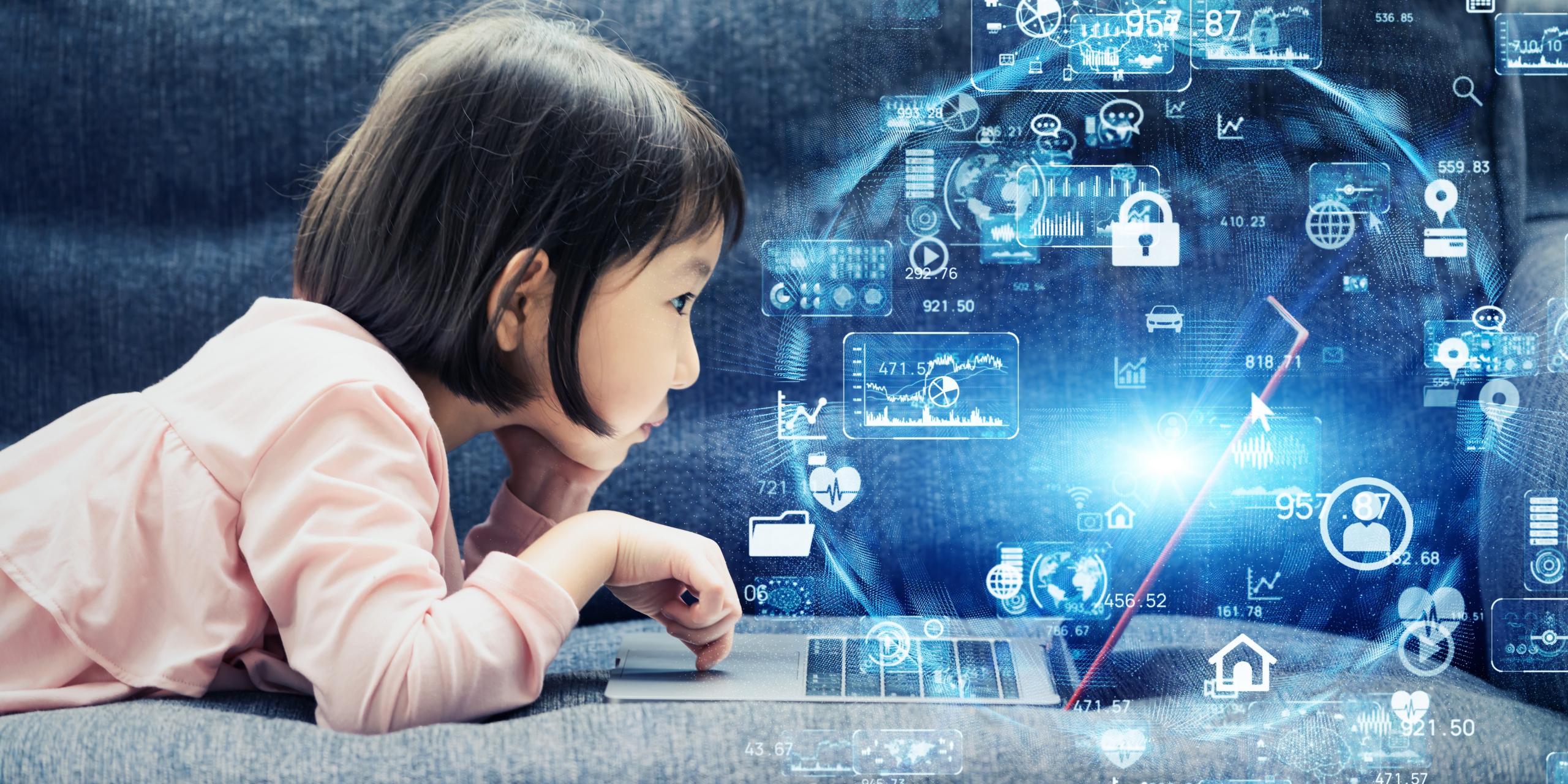
Will future generations code a better tomorrow?
Technology appears magical for most of us using it today. But luckily, things are changing with children learning that technology is not about magic – it’s simple and logical. While most of us know how to use a computer, tablet or smartphone, future generations will also come to know how it works – and might be inspired and helped by a children’s book from Finland.
Technology is inevitably present almost everywhere in our modern society. It shapes the way we think, our culture, experiences and relationships. Unfortunately, the relationship most adults around the world have with technology is as consumers – not creators. And in a world where 38 percent of workplaces, according to a 2017 study by The European Commission, state that the lack of digital skills negatively impacts the organization’s performance, that makes somewhat of a (growing) problem. But there is hope – hope made up by the future generation and a changed attitude towards teaching children about technology. Now, we just need to keep finding new ways to do so. To inspire them. But how?
‘Ruby’ to the rescue
Linda Liukas’, a Finnish programmer, storyteller and illustrator, is on a mission to change the way children of the world are taught technology. She does so by showing the future generation that technology, computing and coding can be fun, whimsical, exciting and – most importantly – not boring, as many wrongfully believe. That’s why she, in 2015, wrote a children’s book with which she wanted to teach children how to bend, join, break and combine coding in ways it wasn't designed to. Just as they would with crayons and paper or other creative materials. The book raised $380 on Kickstarter – which is the highest amount ever raised for a children’s book on the platform.
That’s why she, in 2015, wrote a children’s book with which she wanted to teach children how to bend, join, break and combine coding in ways it wasn't designed to.
Liukas’ book ‘Hello Ruby: Adventures in Coding’ has a simple narrative and accompanying illustrations. The book tells stories of a girl with a huge imagination and a determination to solve any puzzle. Well, this might sound like a seemingly standard children’s book – so why the hype?
‘Hello Ruby’ is not just your run-of-the-mill book for young girls and boys. Through Ruby’s adventures, children are exposed to loops, variables and other core coding concepts. They are also introduced to the fundamentals of computational thinking – like how to break big problems into small ones, create step-by-step plans, look for patterns and think outside the box. But the book is also an opportunity for kids to learn skills related to computer science, e.g. how to collaborate, how to tell a story, and how to think and solve problems creatively.
Can a children’s book help the internet (and the world) become a better place?
The book ‘Hello Ruby: Adventures in Coding’ is now a series of three books that has sold hundreds and thousands of copies and been published in over 20 languages. Liukas’ new approach to teaching children about technology has been particularly well received in Asia. The Japanese edition of ‘Hello Ruby’ was the most sold children’s book on Amazon for a week and won a Chinese DIA Design Award for intelligent design. The award is worth 130,000 euros and is presumably the most valuable design prize ever won by a Finn – pretty cool, right?
But can a children’s book make a real difference in the world and help the internet become a better and more inclusive place? Technologies don’t invent themselves; people do – and since our world is increasingly run by software, we need more diversity in the people building it. And considering that research suggests that early education can close the gender gap in people choosing tech careers, succeeding in making more people grow interest in technology from a young age would help achieve more diversity in the group of people working with it. And with more diversity… comes new ideas on how to apply computers to real-world problems.
Code on the curriculums of Finland
Are computers tools or toys? Does computer science belong in engineering, science or arts? And what are coding and programming all about? These questions, and many more, are now being answered in the schools of Linda Liukas’ homeland, Finland, where coding and programming are an integrated part of the curriculum, and where Liukas is working with teachers in Finland to make technology less of a mystery to both instructors and students. Children learning how to code from a very young age are not taught to see coding and programming as isolated skills, but as creative craftsmanship and as tools they can utilize across different subjects.
However, the Finnish tech-savviness is not just evident in the new generation. Technology is Finland’s most important export industry, and around 30% of Finnish workers earn their living either indirectly or directly in the technology industry. Also, Finnish inventions such as Linux, Nokia and Angry Birds stand as evidence that the country’s education system has always sparked the ideas, innovation and entrepreneurship that will push the tech-based economy of the future.
By following Finland and Linda Liukas’ approach to teaching children about technology in a fun and whimsical way, we’re not only raising a generation presumably better prepared for the challenges of the future, but we’re also raising a generation with a broad set of skills and a whole new language to talk about the world.
And who knows – perhaps the adults might learn something, too?